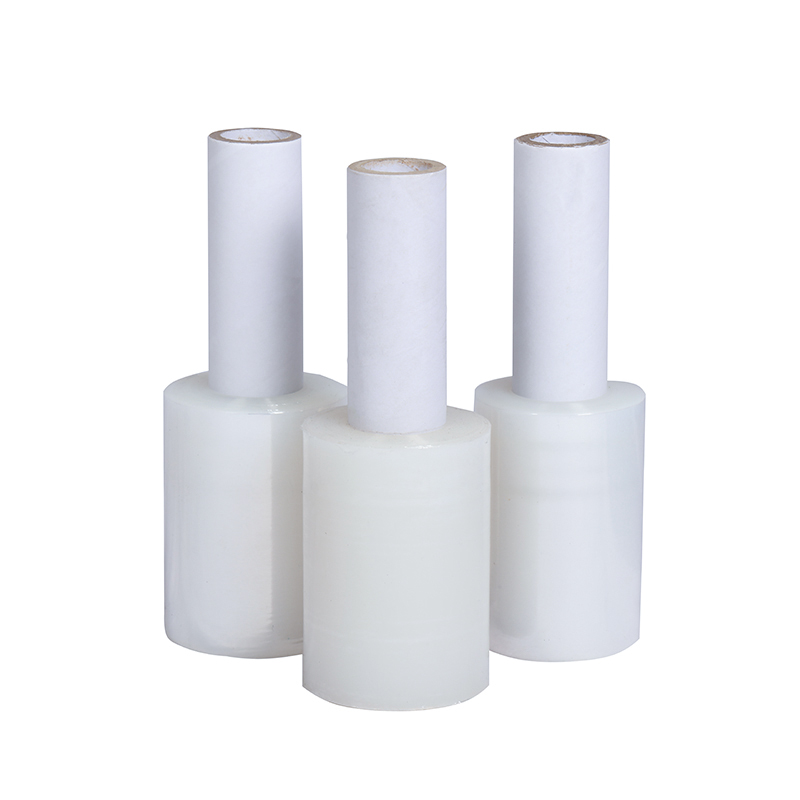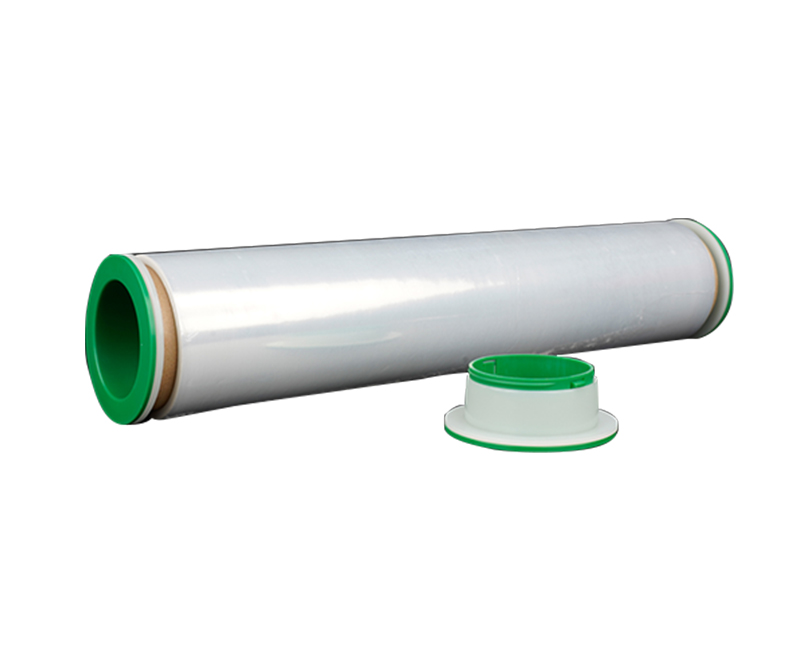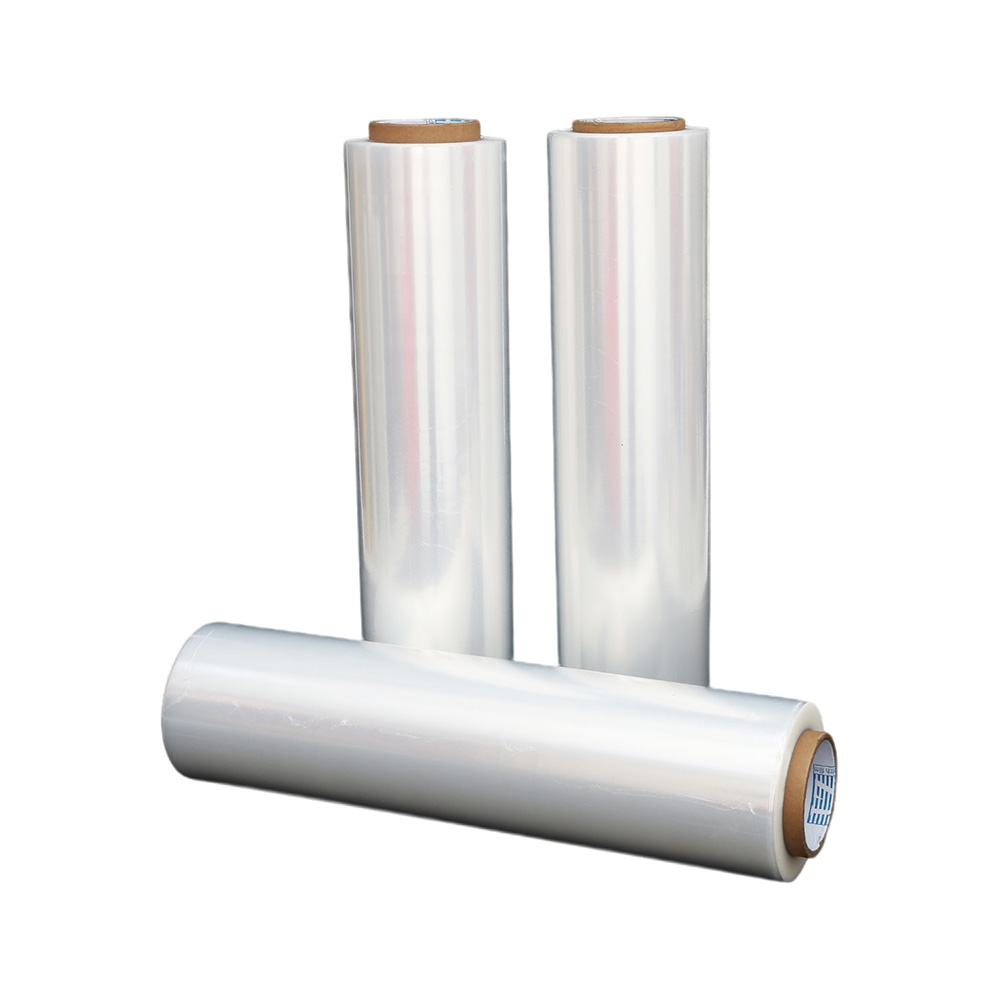What is Stretch Film?
Source:What is Stretch Film?Time:2024-07-17Visitors:
Introduction
Stretch film, also known as pallet wrap or shrink wrap, is a highly stretchable plastic film that plays a crucial role in packaging and logistics. It is used to secure and protect goods during transportation and storage, ensuring the stability and integrity of loads. With its elastic properties and ability to cling tightly to surfaces, stretch film has become an essential tool in modern supply chain management.1. What is Stretch Film?
Stretch film is a thin, flexible plastic material typically made from linear low-density polyethylene (LLDPE) or a combination of LLDPE and other resins. It is designed to be highly stretchable, allowing it to be wrapped tightly around pallets or individual items, creating a secure and protective barrier. The elastic recovery properties of stretch film enable it to maintain tension and cling to the wrapped object, even when the stretching force is removed.2. Types of Stretch Film
There are several types of stretch film available, each designed for specific applications and requirements:2.1 Hand Stretch Film
Hand stretch film is intended for manual application, typically used in smaller operations or for wrapping individual items. It is available in various widths and thicknesses, allowing users to choose the most suitable option for their needs.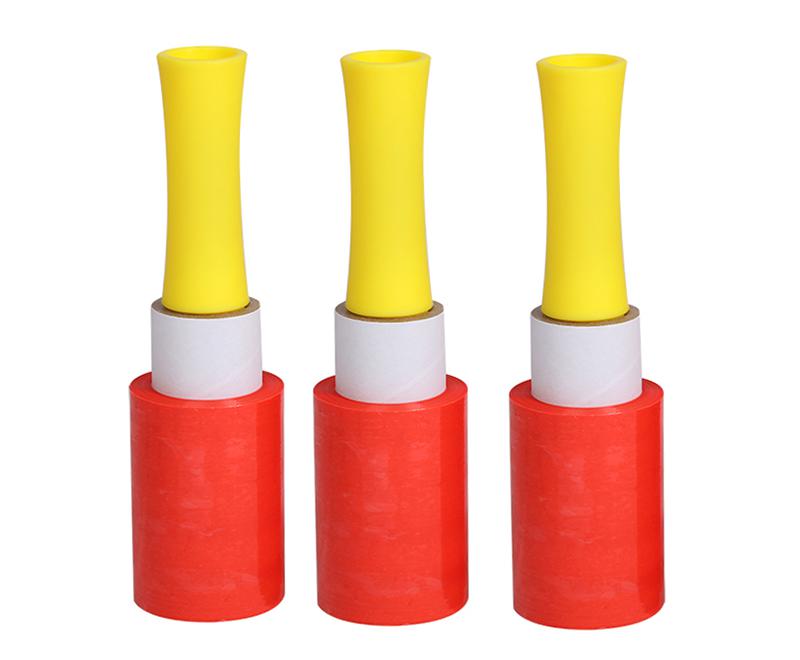
2.2 Machine Stretch Film
Machine stretch film is designed for high-volume operations, where it is automatically applied using stretch wrapping machines. These machines can wrap pallets or other loads quickly and efficiently, ensuring consistent tension and coverage. There are two main types of machine stretch film:· Blown Stretch Film: Produced using a blown film extrusion process, blown stretch film is known for its strength and durability.
· Cast Stretch Film: Manufactured using a cast film extrusion process, cast stretch film offers excellent clarity and cling properties.
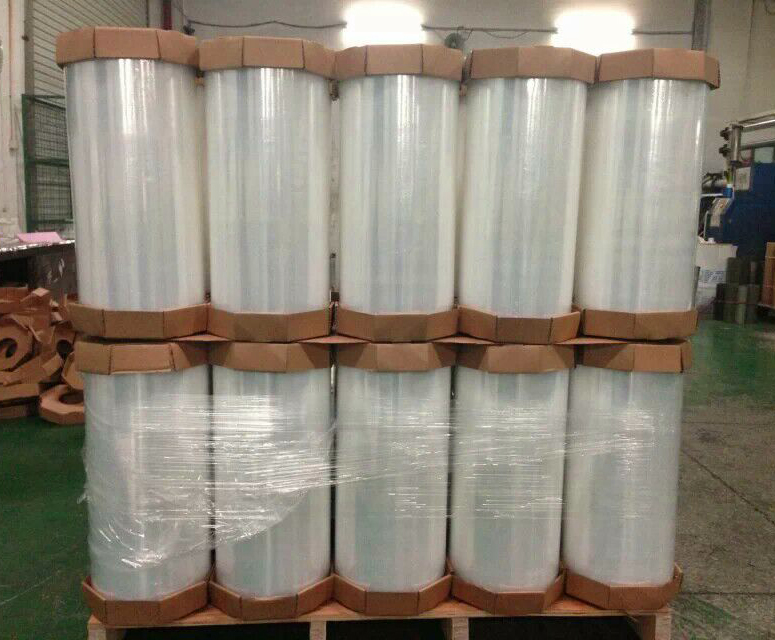
2.3 Pre-Stretched Film
Pre-stretched film is a specialized type of stretch film that has been pre-stretched during the manufacturing process, typically to around 200% of its original length. This pre-stretching reduces the amount of film required to secure a load, resulting in cost savings and reduced waste. Pre-stretched film also offers improved load containment and stability compared to non-stretched film.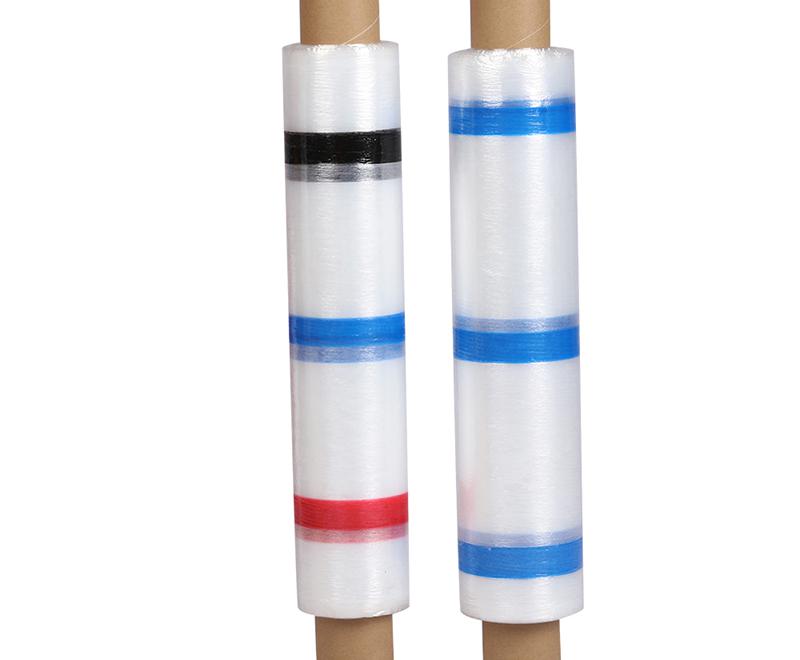
3. Key Properties of Stretch Film
Stretch film possesses several key properties that make it an effective packaging solution:· Stretchability and Elasticity: The ability to stretch and conform to the shape of the wrapped object, while maintaining tension and cling.
· Tear Resistance: Stretch film is designed to resist tearing and puncturing, ensuring the integrity of the wrapped load.
· Clarity: Many stretch films offer excellent clarity, allowing for easy identification of the wrapped contents.
· Cling and Film Memory: The ability of stretch film to cling to itself and maintain its shape after being stretched and released.
4. Functions and Benefits of Stretch Film
Stretch film serves several important functions in packaging and logistics:· Load Stability: By wrapping pallets or individual items tightly, stretch film helps to prevent shifting and damage during transportation and storage.
· Protection: Stretch film acts as a barrier against dust, moisture, and tampering, ensuring the safety and quality of the wrapped goods.
· Cost-effectiveness: Using stretch film is generally more cost-effective than alternative packaging methods, such as shrink wrapping or banding.
· Sustainability: Many stretch films are recyclable, contributing to the sustainability of packaging practices.
5. Applications of Stretch Film
Stretch film is used in a wide range of industries, including:· Food and Beverage: Securing and protecting pallets of food and beverage products during transportation and storage.
· Pharmaceuticals: Wrapping pallets of pharmaceutical products to maintain sterility and prevent damage.
· Manufacturing: Securing and protecting pallets of manufactured goods, such as electronics or machinery.
6. Stretch Film vs. Shrink Film
While stretch film and shrink film are both used for packaging and load containment, they differ in several key ways:· Application Process: Stretch film is wrapped around the load and clings to itself, while shrink film is wrapped around the load and then heated to shrink and conform to the shape of the object.
· Strength: Stretch film is generally stronger and more durable than shrink film.
· Reusability: Stretch film can be reused multiple times, while shrink film is typically single-use.
7. Conclusion
Stretch film is an essential tool in modern packaging and logistics, offering a cost-effective and efficient way to secure and protect goods during transportation and storage. With its elastic properties, tear resistance, and ability to cling tightly to surfaces, stretch film helps to ensure the stability and integrity of loads while contributing to the sustainability of packaging practices. As the demand for efficient and reliable packaging solutions continues to grow, stretch film is poised to play an increasingly important role in the supply chain.FAQ
What is the difference between stretch film and shrink film?
Stretch film and shrink film differ in their application process and properties. Stretch film is wrapped around the load and clings to itself, while shrink film is wrapped around the load and then heated to shrink and conform to the shape of the object. Stretch film is generally stronger and more durable than shrink film.How is stretch film manufactured?
Stretch film is typically manufactured using a blown film extrusion process or a cast film extrusion process. In the blown film process, molten plastic is extruded through an annular die and inflated into a bubble, which is then flattened and wound onto a roll. In the cast film process, molten plastic is extruded through a flat die and cooled on a chill roll before being wound onto a roll.What are the benefits of using stretch film in packaging?
The main benefits of using stretch film in packaging include improved load stability, protection against dust, moisture, and tampering, cost-effectiveness, and sustainability. Stretch film helps to prevent shifting and damage during transportation and storage, acts as a barrier against external factors, and is generally more cost-effective than alternative packaging methods. Many stretch films are also recyclable, contributing to the sustainability of packaging practices.Can stretch film be recycled?
Yes, many stretch films are recyclable. However, the recyclability of stretch film depends on the specific type and composition of the film. Some stretch films may contain additives or coatings that make them less suitable for recycling. It is important to check with local recycling facilities to determine if a particular stretch film can be recycled in a specific area.Recommended Products
Ranked in the same article
- how to use the stretch film technology to r
- How can we get detailed price list?
- Five common quality problems of PE protecti
- Plastic film degradation
- How to guarantee punctual shipment for our
- Gauge to Micron and Millimetre Conversion G
- What is the difference between stretch film
- Testing the permeability of stretch film
- Stretch film temperature requirements
- Electrical wire film VS electrostatic film
- Why insufficient transparency of stretch w
Latest news articles
- Stretch Film Wrap: Unraveling Its Benefits
- The Ultimate Guide to Choosing the Right Ma
- Bundling Stretch Film: Optimize Your Packag
- What is the Difference Between Magic Tape a
- How to check the quality of PE stretch film
- The 133rd Spring Canton Fair
- The significance of using PE electric wire
- Factors affecting viscosity of PE stretch f
- How can PE stretch film be cut better?
- Advantages of white engineering film
- What Properties Ensure Effective Cold Chain

